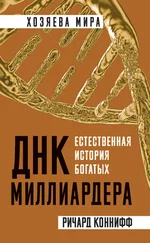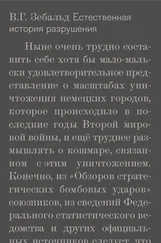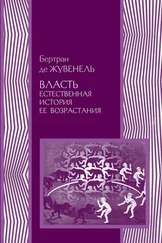H. R. Shinefield, J. M. Sutherland, J. C. Ribble, and H. F. Eichenwald, «II. The Ohio Epidemic», American Journal of Diseases of Children 105, no. 6 (1963): 655–662.
H. R. Shinefield, M. Boris, J. C. Ribble, E. F. Cale, and Heinz F. Eichenwald, «III. The Georgia Epidemic», American Journal of Diseases of Children 105, no. 6 (1963): 663–673. См. также: M. Boris, H. R. Shinefield, J. C. Ribble, H. F. Eichenwald, G. H. Hauser, and C. T. Caraway, «IV. The Louisiana Epidemic», American Journal of Diseases of Children 105, no. 6 (1963): 674–682.
H. F. Eichenwald, H. R. Shinefield, M. Boris, and J. C. Ribble, «`Bacterial Interference` and Staphylococcic Colonization in Infants and Adults», Annals of the New York Academy of Sciences 128, no. 1 (1965): 365–380.
D. Janek, A. Zipperer, A. Kulik, B. Krismer, and A. Peschel, «High Frequency and Diversity of Antimicrobial Activities Produced by Nasal Staphylococcus Strains against Bacterial Competitors», PLoS Pathogens 12, no. 8 (2016): e1005812.
Пол Планета думает, что дело обстоит именно таким образом.
C. S. Elton, The Ecology of Invasions by Animals and Plants (London: Methuen & Co, 1958).
Источник цитаты — J. D. van Elsas, M. Chiurazzi, C. A. Mallon, D. Elhottovā, V. Krištůfek, and J. F. Salles, «Microbial Diversity Determines the Invasion of Soil by a Bacterial Pathogen», Proceedings of the National Academy of Sciences 109, no. 4 (2012): 1159–1164. Общий обзор вопроса представлен в статье: J. M. Levine, P. M. Adler, and S. G. Yelenik, «A Meta-Analysis of Biotic Resistance to Exotic Plant Invasions», Ecology Letters 7, no. 10 (2004): 975–989.
J. M. H. Knops, D. Tilman, N. M. Haddad, S. Naeem, C. E. Mitchell, J. Haarstad, M. E. Ritchie, et al., «Effects of Plant Species Richness on Invasion Dynamics, Disease Outbreaks, and Insect Abundances and Diversity», Ecology Letters 2 (1999): 286–293.
J. D. van Elsas, M. Chiurazzi, C. A. Mallon, D. Elhottovā, V. Krištůfek, and J. F. Salles, «Microbial Diversity Determines the Invasion of Soil by a Bacterial Pathogen», Proceedings of the National Academy of Sciences 109, no. 4 (2012): 1159–1164.
На результат, полученный ван Элсасом и его соавтором не повлиял выбор модельного вида — кишечной палочки. К схожему выводу пришли ученые, изучавшие процесс проникновения бактерии Pseudomonas aeruginosa в почвенную ризосферу [Ризосфера — это тонкий почвенный слой, образующийся вокруг корневой системы. Обычно содержит большое количество микроорганизмов. — Прим. науч. ред. ] пшеницы. См.: A. Matos, L. Kerkhof, and J. L. Garland, «Effects of Microbial Community Diversity on the Survival of Pseudomonas aeruginosa in the Wheat Rhizosphere», Microbial Ecology 49 (2005): 257–264.
Оглядываясь назад и оценивая решения, принятые обществом в прошлом, мы часто задаемся вопросом: неужели никто не забил тревогу в тот момент, когда был сделан неправильный выбор? Обычно мы думаем, что десять, сто или тысячу лет назад наши предшественники просто не обладали достаточным знанием, чтобы принять нужное решение. Но в этом конкретном случае все было хорошо известно. Еще в 1965 г. Шайнфилд и Айхенвальд вполне ясно обрисовали негативные последствия чрезмерного употребления антибиотиков. См.: Shinefield et al., «V. An Analysis and Interpretation», 683–688.
Флеминг говорил: «Cуществует опасность, что несведущий человек примет недостаточно большую дозу антибиотика, и тем самым у микробов, после воздействия сублетальной концентрации, выработается устойчивость к лекарству. Вот гипотетический пример. У мистера Х. болит горло. Он покупает немного пенициллина и принимает небольшую дозу, недостаточную, чтобы убить стрептококки, но достаточную, чтобы научить их сопротивляться антибиотику. Затем он заражает свою жену. Миссис Х заболевает пневмонией и лечится пенициллином. Поскольку стрептококки теперь устойчивы к пенициллину, лечение не удается. Миссис Х умирает. Кто виновен в смерти миссис Х? Ее супруг, чье небрежное использование пенициллина изменило природу микроба».
M. Baym, T. D. Lieberman, E. D. Kelsic, R. Chait, R. Gross, I. Yelin, and R. Kishony, «Spatiotemporal Microbial Evolution on Antibiotic Landscapes», Science 353, no. 6304 (2016): 1147–1151.
F. D. Lowy, «Antimicrobial Resistance: The Example of Staphylococcus aureus», Journal of Clinical Investigation 111, no. 9 (2003): 1265.
E. Klein, D. L. Smith, and R. Laxminarayan, «Hospitalizations and Deaths Caused by Methicillin-Resistant Staphylococcus aureus , United States, 1999–2005», Emerging Infectious Diseases 13, no. 12 (2007): 1840.
До сих пор непонятно, почему применение антибиотиков увеличивает темпы роста у коров и свиней.
S. S. Huang, E. Septimus, K. Kleinman, J. Moody, J. Hickok, T. R. Avery, J. Lankiewicz, et al., «Targeted versus Universal Decolonization to Prevent ICU Infection», New England Journal of Medicine 368, no. 24 (2013): 2255–2265.
R. Laxminarayan, P. Matsoso, S. Pant, C. Brower, J.-A. Røttingen, K. Klugman, and S. Davies, «Access to Effective Antimicrobials: A Worldwide Challenge», Lancet 387, no. 10014 (2016): 168–175. Подробнее о политике принятия решений в этой сфере можно прочитать в статье: P. S. Jorgensen, D. Wernli, S. P. Carroll, R. R. Dunn, S. Harbarth, S. A. Levin, A. D. So, M. Schluter, and R. Laxminarayan, «Use Antimicrobials Wisely», Nature 537, no. 7619 (2016); K. Lewis, «Platforms for Antibiotic Discovery», Nature Reviews Drug Discovery 12 (2013): 371–387.
Читать дальше
Конец ознакомительного отрывка
Купить книгу
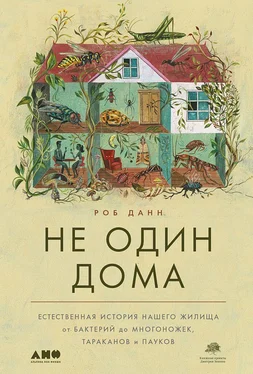
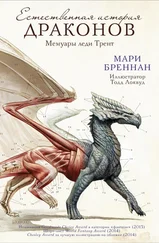
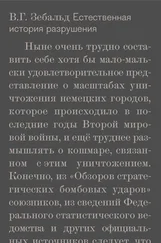



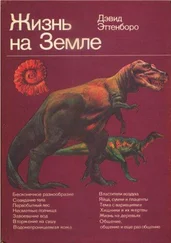

![Мари Бреннан - Естественная история драконов. Мемуары леди Трент. Путешествие на «Василиске» [litres]](/books/420782/mari-brennan-estestvennaya-istoriya-drakonov-memuar-thumb.webp)
![Мари Бреннан - Естественная история драконов. Мемуары леди Трент. Тропик Змеев [litres с оптимизированной обложкой]](/books/429004/mari-brennan-estestvennaya-istoriya-drakonov-memuar-thumb.webp)
